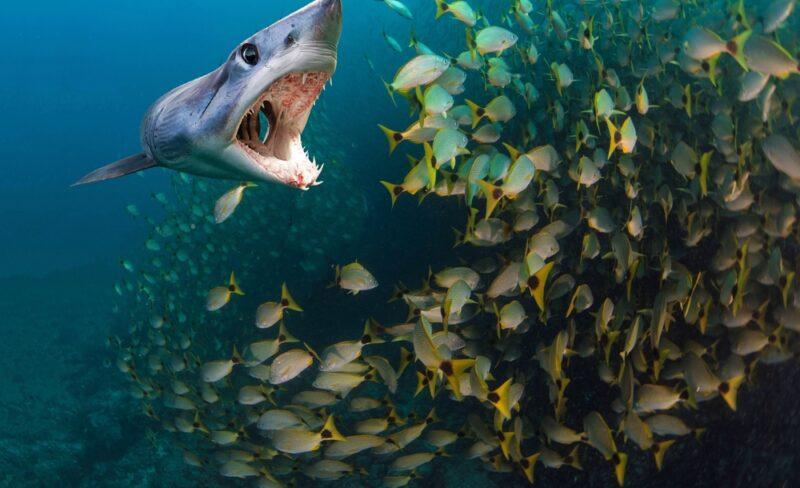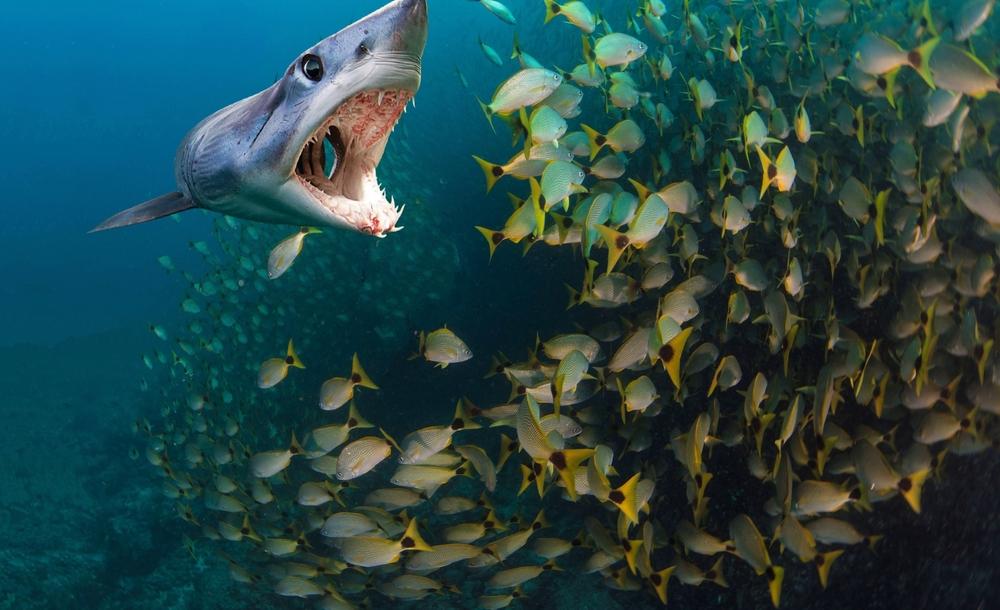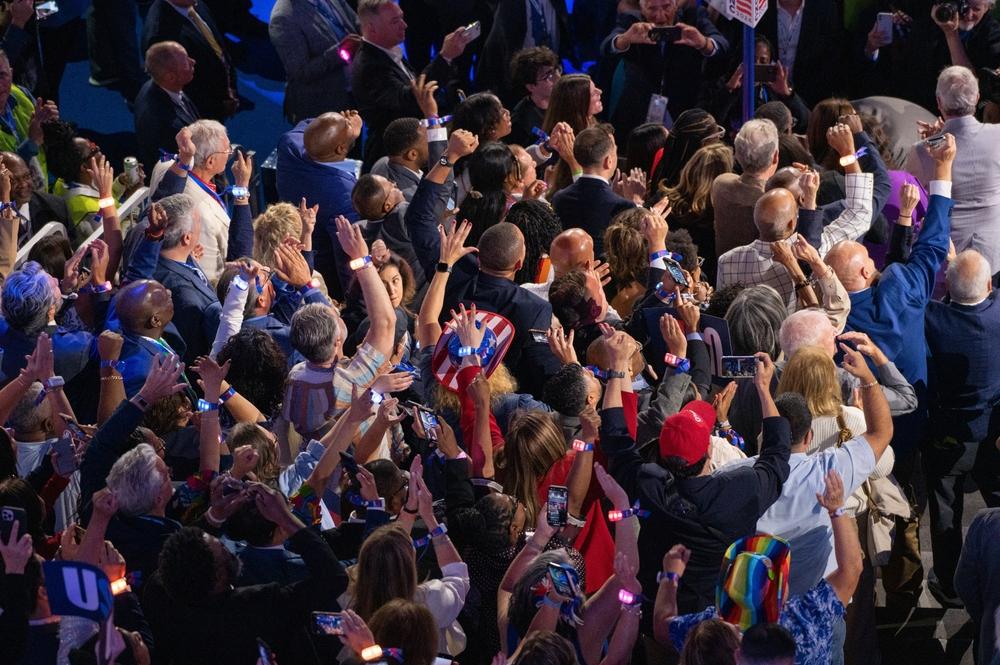I have heard that the Eskimos have over 500 adjectives to describe snow. This is about adapting to their context. The impact of different types of snow on these people’s survival has led them to develop a more complex language to understand better the weather they’re about to face.
I want to find 500 adjectives to describe the myriad relationships within communities, organizations, and life. Business literature is filled with theories and strategies for getting things done. However, there is an obvious lack of nuance when we talk about relationships in our organizations. For example, we pair relationships with the language of productivity, value, and power. A group becomes a “high-performance team.” The relationships in a team become less prioritized, and productivity becomes the focus and most valued priority.
Power infects how we see relationships.
Power dynamics have shaped the way we view relationships. They also shape the messages in our minds, for example:
- I’m the only one I can truly depend on. The subtext here is that it is better to be autonomous than in supportive collaboration relationships. Organizationally, this message bolsters managers who do things themselves because it is easier than teaching others how to do them.
- Needing others is a sign of weakness. Though our world is designed to be interdependent, we hold onto separation. We even frame it in power as a zero-sum game. In other words, the more you need others, the less power you have. The idea of “need as weakness” creates significant challenges when working with others to get the work done.
- Looking for power in a collaboration project. When a cross-functional team needs to tackle a complex problem, we enter the world of collaboration. This frame demonstrates how power infects the collaborative process. We ask questions like:
- Who has power in this collaboration?
- Who is less powerful?
- How do I get more power or influence?
These questions flow from the assumption that relationships and their value are tied to power.
In many cases, people within marginalized populations are not invited to the table because our society doesn’t see their power. Perceptions of power or lack of power heavily impact inclusion or exclusion (when it comes to decision-making). Yet developing relationships with people in these populations has many benefits, from better health outcomes and lower care costs for individuals in these groups to massive improvements to the overall well-being of our communities and our planet.
Nature sees relationships differently.
In Nature, relationships are not infused or distorted via a power lens. Instead, Nature is filled with collaborative relationships. For example, the great white shark collaborates with sardines that feed and clean its body. In this example, power isn’t framed by size; the sardine and the shark help each other mutually. In Nature, relationships are sacred.
Even the relationships between predator and prey are based on mutuality and reciprocity. They’re not based on excess, as animals’ behavior must create conditions conducive to the lives of future generations. Frankly, an animal can’t hunt into extinction the food it needs to survive. It’s mainly humans who do that.
Like a riparian ecosystem, we can use Nature as a model to leech out the power pollutants in our relationships. Instead of facing extinction, we can look toward a more vibrant world with relationships as the core of life.






